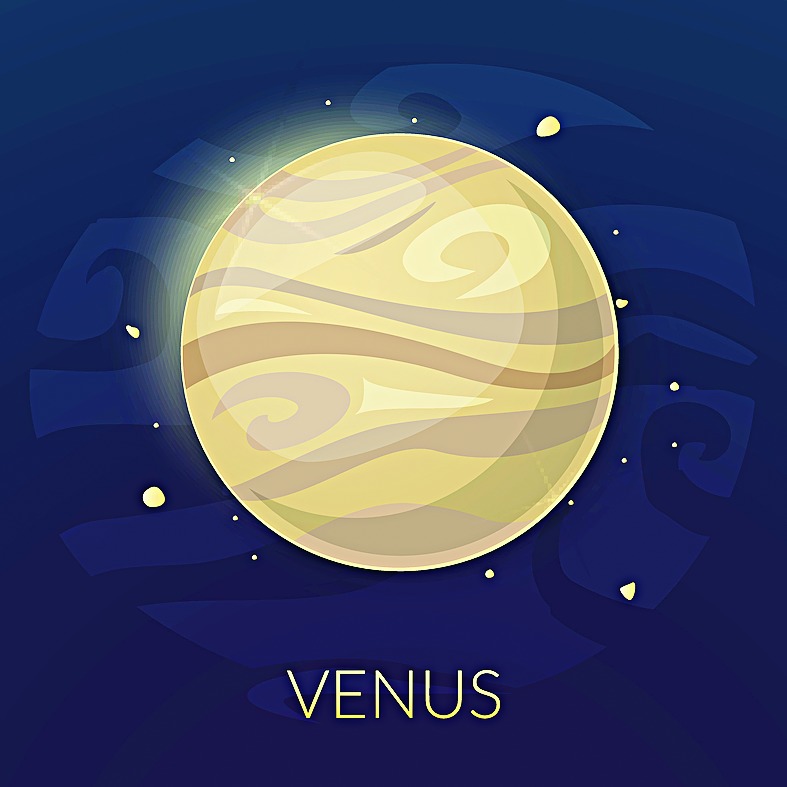Cancer miracle with malaria drug
• Adding common malaria drug chloroquine to a combination of drugs has shown dramatic improvement in the condition of three terminal brain cancer patients.
After her brain cancer became resistant to chemotherapy and targeted treatments, 26-year-old Lisa Rosendahl's doctors gave her only a few months to live. Now, a study in the journal eLife describes the new drug combination that has stabilised Rosendahl's disease and increased her life span considerably. The addition of the anti-malaria drug to her treatment stopped an essential process that Rosendahl's cancer cells had been using to resist therapy.
Along with Rosendahl, two other brain cancer patients were treated with the combination and both showed similar, dramatic improvement.
A cocktail of strong chemotherapy drugs, such as Vemurafenib, had pushed Lisa's cancer past the tipping point of survival. The cancer had learned to use autophagy (eat itself) to counter the drug combo. When chloroquine was added to the combination, Vemurafenib started working again.
"We have treated three patients with the combination and all three have had a clinical benefit. It's significant, considering this is just an experimental treatment. In addition to Lisa, another patient was on the combination for two-and-a-half years," says Jean Mulcahy-Levy, lead investigator at the University of Colorado Cancer Center in the US.
Take a bow, Venus
• Venus is a weird planet. Its thick envelope of mysterious clouds makes it difficult for astronomers to study the planet. To make things weirder, these clouds whip around faster than the planet turns on its axis. And there are also some pockets of atmosphere where the clouds get thinner.

An infrared camera aboard the Japan Aerospace Exploration Agency's Venus-orbiting Akatsuki spacecraft first spotted these curious pockets of atmosphere in 2015. Scientists had speculated about such a structure long back, but Akatsuki's camera brought the first evidence: an enormous, 9,600-km bow-shaped region hanging over a mountainous region of Venus.
In a research paper in Nature Geoscience, Rikkyo University aeronomist Makoto Taguchi argues the structure could result from gravity waves rushing up through the atmosphere and slowing its gusts to a crawl. And while the bows themselves need more study, they could help scientists get a better idea of what's going on beneath Venus' cloudbank.
MASTER AT GO












